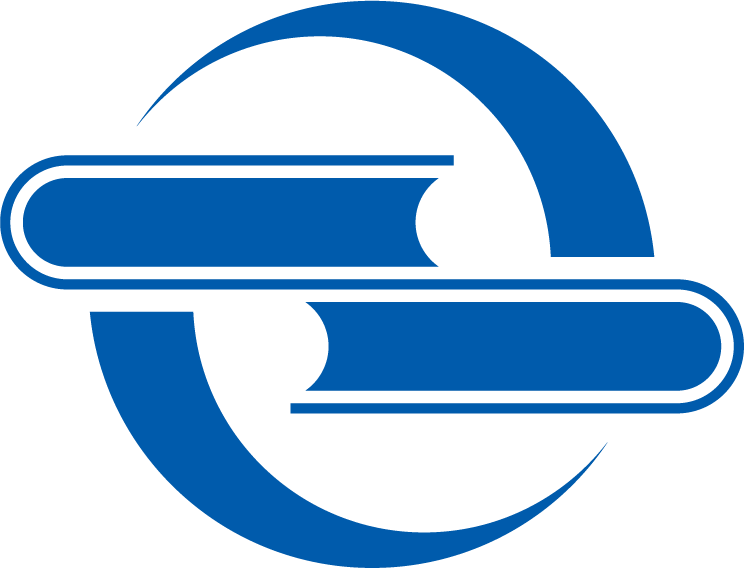
中华商务全球图书采选平台SinoVIP Global Book Services
ISBN
登录Sign In
/ 注册Sign Up
我的单据My Lists
帮助中心Help & Services
Theory and Application of Hydraulic Modeling
水力建模理论与应用
ISBN
9781032544137作者Author
No出版社Publisher
Taylor & Francis Group出版时间Published
2024-04产品分类SIC
01020K0907-城市建设规划装帧Format
精装语种Language
英文页数Page
236开本Size
18开数量Qty
内容简介Description
作者简介About Author
产品详情 | Detail
This edited volume from Japan’s Research Subcommittee on How to Handle Ground Materials in Hydraulic Model Tests presents readers with a state-of-the-art overview of experimental and computational methods used to address similarity scaling incompatibilities present in fluid-sediment flows. Readers will gain an understanding of complex phenomena in the boundary fields of hydraulics and geotechnical engineering. Chapter contributors focus on the phenomena that are affected by the interactions between fluid wave and ground in a complex field, which for many years have been challenging to process and model. In addition to describing the implementation of model tests and the concept of the law of similarity, this book contrasts these phenomena with the laws of similarity, described models and numeral analysis methods, and explains important considerations using experimental case studies. Each chapter is written by leading researchers in Japan who are members of the Research Subcommittee on How to Handle Ground Materials in Hydraulic Model Tests. The chapters are closely linked but are written so that each can be read individually. Readers will be able to apply this knowledge to their work and to create models that more accurately simulate the interactions between wave and ground, allowing them to better understand these phenomena and devise more appropriate strategies for defense and so on when necessary. This collection provides information that can be used by young researchers and postgraduate students in the boundary fields of hydraulics and geotechnical engineering who aim at becoming civil engineers, and it will be of particular value to practicing engineers of all experience levels who must regularly analyze complex interactions between fluids and ground.
作者相关Author
出版社相关Publisher
分类相关Classification